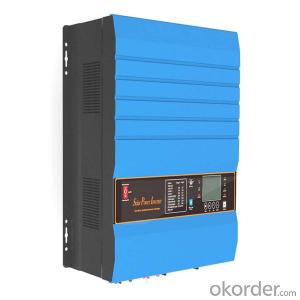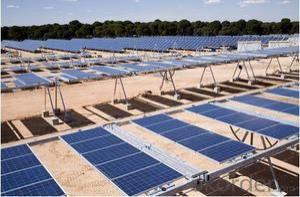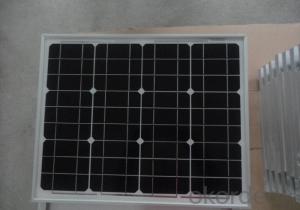10kw Inverter Solar
10kw Inverter Solar Related Searches
Ac Inverter For Solar Panels Solar Panel With Ac Inverter Gas Furnace With Ac Panda Hot Water Bottle Cover Minion Hot Water Bottle Cover Abb Solar Water Pump Inverter Solar Water Pump Philippines Extra Long Hot Water Bottle Solar Panel Dc To Ac Inverter Old Fashioned Hot Water BottleHot Searches
Power One Solar Inverter Price 20kw Solar Inverter Price 10kw Solar Inverter Price Solar Inverter 10kw Price Solar Power Inverter Types Solar Power Inverter Suppliers Solar Inverter Emergency Power Solar Power Inverter Companies Power Factor Solar Inverter Solar Inverter Power Factor Solar Inverter Backup Power Tesla Solar Power Inverter Us Solar Module Manufacturers Solar Inverter Hybrid 10kw Type Of Inverter For Solar Types Of Inverter For Solar Used Solar Inverter For Sale Inverter Size For Solar System Solar Edge Inverter For Sale 5kw Solar Inverter For Sale10kw Inverter Solar Supplier & Manufacturer from China
Okorder.com is a professional 10kw Inverter Solar supplier & manufacturer, offers integrated one-stop services including real-time quoting and online cargo tracking. We are funded by CNBM Group, a Fortune 500 enterprise and the largest 10kw Inverter Solar firm in China.Hot Products
FAQ
- To calculate the total power capacity for a solar inverter, you need to consider the maximum power output of the solar panels. This value is typically given as the DC power rating in watts. The inverter capacity should be equal to or slightly higher than the total DC power rating of the connected solar panels. This ensures optimal performance and avoids any power loss. Additionally, other factors such as the inverter's efficiency, temperature derating, and future expansion plans should also be taken into account when determining the total power capacity for a solar inverter.
- Yes, a solar inverter can be used in regions with high levels of electromagnetic interference. However, it is important to ensure that the inverter is designed and manufactured to meet the necessary electromagnetic compatibility (EMC) standards and has the appropriate shielding measures in place to minimize any interference or disruption caused by electromagnetic noise.
- A solar inverter protects against power surges by incorporating surge protection devices and circuitry within its design. These devices are designed to detect and divert excessive voltage levels caused by power surges, thereby preventing damage to the inverter and the connected solar panels.
- The maximum DC input current for a solar inverter will depend on the specific model and specifications of the inverter being used. It is important to refer to the manufacturer's documentation or consult the product's technical specifications to determine the maximum DC input current for a particular solar inverter.
- Yes, a solar inverter can be used in areas with high levels of dust or pollution. However, it is important to regularly clean and maintain the inverter to ensure optimal performance and prevent any damage caused by dust or pollution accumulation.
- A solar inverter handles islanding detection and prevention by constantly monitoring the grid and its own power output. If it detects a loss of grid connectivity, it initiates a process called anti-islanding, where it stops supplying power to the grid to prevent the formation of an island. The inverter accomplishes this by monitoring the frequency and voltage levels of the grid, and if it detects a deviation beyond a certain threshold, it disconnects from the grid within a specific timeframe. This ensures that the inverter does not continue to supply power to an isolated grid, which could pose safety risks to utility workers and damage electrical equipment.
- Yes, a solar inverter can be used with solar-powered ventilation systems. The solar inverter is responsible for converting the direct current (DC) generated by the solar panels into alternating current (AC) that can be used to power various devices and systems, including ventilation systems. By connecting the solar panels to the solar inverter, the AC energy produced can be used to operate the ventilation system, making it an efficient and eco-friendly solution.
- The role of an isolation transformer in a solar inverter is to provide electrical isolation and safety. It separates the input and output circuits, preventing any direct electrical connection between them. This isolation helps protect the inverter and its connected devices from electrical faults, such as ground faults, and reduces the risk of electric shock. Additionally, the isolation transformer can also help reduce common mode noise and provide better power quality by reducing the effects of electromagnetic interference.















































